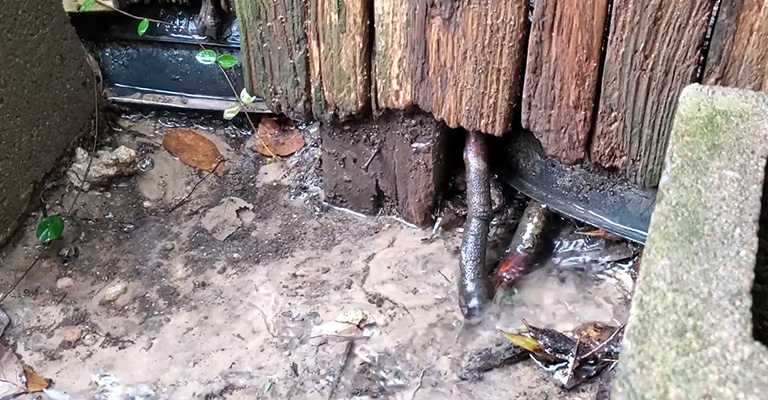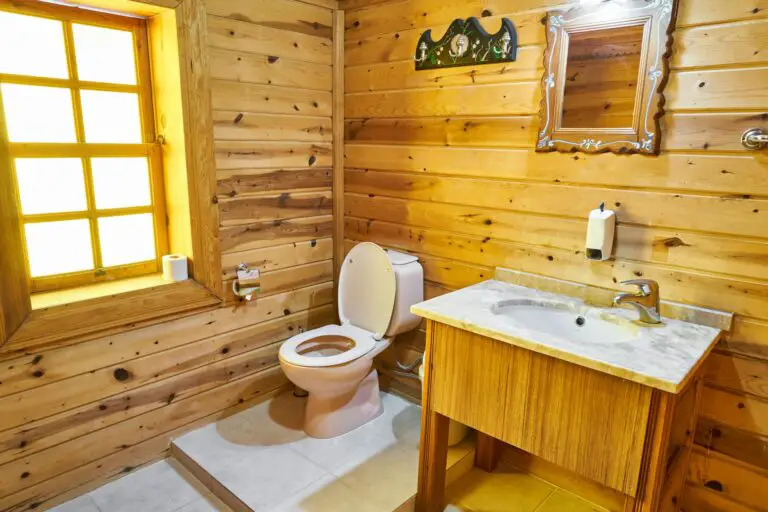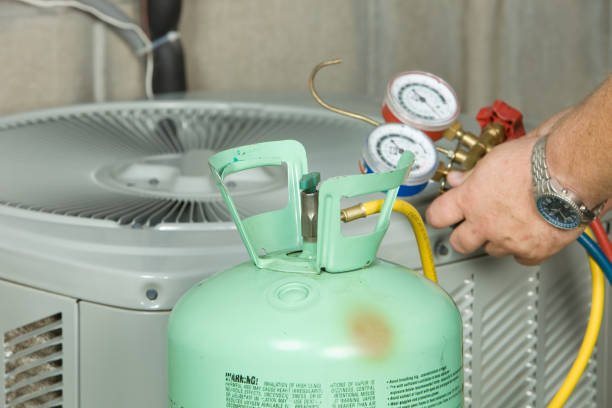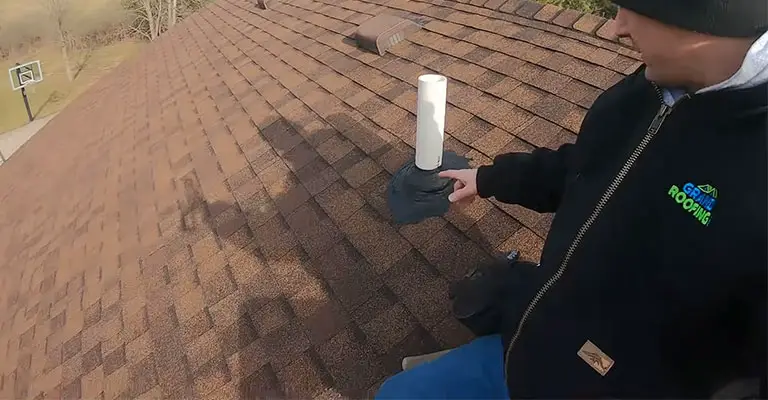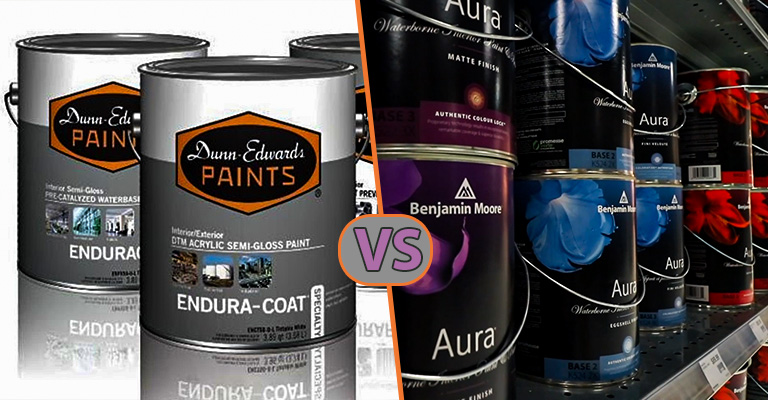What Causes Nail Pops In An Older House?
Nail pops are a common problem in older homes. They result from the wood shrinking and contracting, which causes the nails to pop out of their holes. The term “nail pops” refers to nails coming out of wood and when they split and splinter the surrounding surface.
Nail pops in older homes is due to shrinkage and contraction in the wood, which causes nails to pop out of their holes and create an unsightly appearance and damage surfaces.
There is not much that can be done to remedy the problem, but there are a few things that you can do to prevent it from happening in the future. The most important thing is to make sure that you have enough time for your home’s wood to settle before using it or living in it.
Different types of nails that are used in construction will behave differently over time, which will influence how quickly they pop up above the drywall surface.
Reducing nail pops requires understanding what is causing them and using specific methods for prevention and correction when necessary. This article aims to explore the problem of nail pops and provide tips on how to fix them.
How To Repair Popped Nails?
Some older homes have a problem with their nails popping from the walls. This can be a result of prolonged exposure to moisture from plumbing leaks.
Other causes include age, improper installation, excessive weather exposure, and poor craftsmanship. The following section provides some tips on how to fix this problem.
You should identify the cause of the nail pops in your home. This will help you decide which course of action you want to take. For example, if it is due to excessive moisture exposure, then you should check for plumbing leaks and seal them off as soon as possible.
If there are other causes, then it will be necessary to go through a more thorough inspection process before fixing them as required by your local municipality’s building codes.
The good news is that popped nails (also called “nail pops”) aren’t too complicated to fix, and they usually aren’t serious-despite a few exceptions. Find out how to get perfectly smooth walls as well as the causes of nail pops.
Inspect Trusses, Where Uplift Can Cause Nail Pops
You may wish to investigate any bulges on your ceiling if you have noticed popped nails in your walls, as they could signal a more serious problem. Rather than building a roof from rafters, today’s homebuilders use manufactured trusses for roof construction.
Many modern drywall installers use a special adhesive technique when installing drywall on a ceiling made from trusses, as some wood members in a set of trusses shift slightly with fluctuations in attic humidity and temperature.
However, when the trusses lift, it can cause nail pops in the ceiling drywall when the drywall is attached directly to the trusses’ undersides. Depending on how much the truss moves, there may also be a horizontal crack between the wall and the ceiling.
During this process, the drywall panels should be removed, and new ones installed on clips or blocks in place of the old panels, but not the trusses.
Drywall Movement
The most common cause of nail pops is the movement of wood or drywall, which occurs within a year of construction. In addition, when the wood is stored in open-air warehouses, it can absorb moisture from the air, which can cause the wood to rot.
The wood may slowly dry in time, causing the studs to twist or move slightly after construction. The movement of nails can cause the joint compound covering drywall to come loose.
If a nail holding drywall moves, it can loosen the joint compound. In some cases, if the drywall compound comes loose and falls away, it leaves a visible nail head on the wall’s surface.
Nail pops can be caused by an imbalance of hormones and are purely cosmetic in nature. They pose no structural concerns, and they can typically be repaired with ease.
Fill Indents With Joint Drywall Compound
Screws for drywall are equipped with trumpet-shaped heads, so they can be inserted just beneath the surface. However, they will leave a small indentation if drilled completely through. Instead, use joint compound to fill indentations – about a quarter-sized glob can cover most nail and screw indentations.
Apply the joint compound using a putty knife, then smooth the excess away. Then apply a thin layer of joint compound with a putty knife after the compound has dried for at least 24 hours. When it dries, use a drywall sanding sponge to sand over the compound, and then apply another coat of paint.
In The Event Of Skimping, Add More Screws
It is possible that the drywall panel might not be securely fastened to the studs if insufficient fasteners were used, resulting in movement, and popped nails. Whenever hanging drywall, fasteners should be inserted every eight inches along the edges and every twelve to sixteen inches in the center of the panel on every stud.
For a better chance of preventing future pops, insert additional screws (one every 10 to 16 inches) over the studs if you suspect this was the case when your home was built.
Make Sure A Popped Nail Is Reinforced With The Right Length Of The Screw
It is possible to pull loose short screws beneath the drywall panel in the future, leaving you with more holes on the wall surface. Generally, screws should penetrate studs by at least 3/4 inch. A screw at least 1-1/4 inches long will be required with 1/2-inch-thick drywall, as an example.
Use Screws To Fix Popped Nails
It may solve the immediate problem if you tap the nail back down with a hammer, but eventually, the nail will probably pop back out. Taping the nail down again and inserting two drywall screws about an inch above and below the nail is a much better solution. Screws will hold the drywall panel firmly in place.
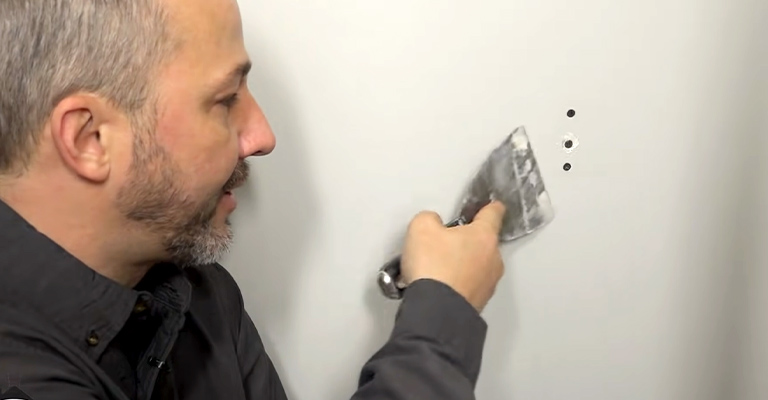
Should I Worry About Nails Popping?
There’s nothing to worry about besides the ugly nails. Nothing will happen to the drywall. Taking out the nails, replacing them with drywall screws, sanding, spackle, sanding, and painting are the steps to fix it.
Double-nailed drywall was used in well-built homes during the mid-century era. As a result, instead of one nail for each stud, two nails were used about an inch apart to hold the drywall against them.
The likelihood of nail popping is extremely low if you follow this procedure. However, the contractor who only used one nail may have been trying to save money. It doesn’t matter what the age of the house is, and if there haven’t been any recent nails popping, you shouldn’t be concerned. This won’t be an issue.
Final Words
Nail pops occur when the heads of drywall nails or roofing nails used in the construction of a home begin to protrude through the surface of walls or ceilings, creating unsightly bumps or bulges. This phenomenon is particularly common in older houses where the settling of the structure over time causes shifts in the framing timber. As the house settles, the movement can pull the drywall away from the nails securing it to the framing, leading to nail pops. Similarly, in homes with plaster walls, the natural expansion and contraction of materials can cause the nails to loosen and protrude.
Addressing nail pops involves more than just aesthetic repair; it can also serve as an early warning sign of underlying issues, such as foundation problems, that require attention. To effectively fix nail pops, it’s crucial to understand why they happen. Many nail pops are the result of the wood used for framing timber drying out and shrinking, which loosens the grip on drywall nails or screws. In some cases, improper installation techniques or the use of inadequate drywall nail length can exacerbate the issue.
Fixing nail pops typically involves removing or driving the protruding nail back into the framing and then securing the drywall with a new, properly sized screw to prevent future problems. This not only helps in maintaining the aesthetic appeal of interior walls but also ensures the structural integrity of the wall is not compromised. Regular inspection of walls and ceilings for nail pops can serve as a preventative measure, helping homeowners identify and resolve many nail pops before they lead to more significant damage.

